M R James. The very name sends a delicious shiver down the spine, synonymous as it is with the cream of ghost story writing. Arguably, with the exception of Dickens, James is unrivalled – the epitome of perfection within this noble genre. You’ll certainly be hard pressed to name a writer with such a lauded canon of spooky tales as this intriguing medieval scholar. If you’re new to M R James, it’s useful to remember that to maximise enjoyment of his work, proper etiquette should always be observed. For one, never read his stories in those annoyingly upbeat and optimistic seasons that begin with ‘S’. Save them instead for when the days shorten, the leaves fall and the rain rattles your windows. Then, reverently reach for your dusty tome, dim the lamp, snuggle down into the bedclothes and imagine yourself transported back to a smoky study in Cambridge University in 19th century England. Guaranteed, you’ll soon be glancing nervously at the dark corners of your room.
It’s challenging enough to translate any written story to the screen. But to successfully recreate the creeping dread of James’ most famous short story Oh Whistle And I’ll Come To You, My Lad, is testament to the skill of everyone involved in the classic 1968 BBC production; notably Director Jonathan Miller and lead actor Sir Michael Hordern. Many have described it as the scariest thing they have ever seen.
It’s a tale that ostensibly warns against intellectual hubris. Professor Parkins, played by Michael Hordern, is a socially awkward academic who discovers an old whistle buried in an ancient cemetery whilst out walking on the bleak and windswept Norfolk coast. The languorous build-up to this key moment is wonderfully observed. The Professor checks into his hotel, organises his belongings and mumbles to himself as he potters about. Doesn’t sound very chilling does it? Yet, somehow, it’s infused with dread; a combination of stark black and white photography, eerily framed shots and a welcome lack of musical histrionics. Our hackles are raised. We know something is coming – we just don’t know what. As the Professor begins him homeward journey with the whistle safely tucked into his tweed jacket, a lone figure appears in the distance – one of many genuinely unsettling moments. Again, the beauty of this scene is the way that it’s exquisitely understated. Our imagination is left to fill in the blanks.
The Professor returns to his lodgings and transcribes the inscription on the whistle, discovering that it reads: who is this who is coming? Dismissing this sinisterly enigmatic inscription with the curmudgeonly air of a man convinced of his intellectual superiority, the Professor defiantly blows the whistle – a mistake that will literally come back to haunt him. Thereafter, the Professor becomes pursued by a malignant presence. At first he’s tempted to ascribe his fear to a bad dream, much in the same way Scrooge ascribed the ghost of Marley to a morsel of cheese. That is, until the Maid at the guesthouse asks him which bed he sleeps in, as both appeared to have been slept in the night before. Brrrr!
By this time white knuckles are gripping coverlets, as we helplessly observe the Professor and his pursuer head towards an inevitable and terrifying rendezvous. Best not to spoil the ending, even with a spoiler alert safely inserted. It’s on YouTube. Click and ye shall find.
M R James himself said that ‘the ghost should be malevolent or odious: amiable and helpful apparitions are all very well in fairy tales or in local legends, but I have no use for them in a fictitious ghost story.’ He’ll have been quietly content to observe that the spirits conjured in this immaculate adaptation fully fit the bill.
 Horror News | HNN Official Site | Horror Movies,Trailers, Reviews
Horror News | HNN Official Site | Horror Movies,Trailers, Reviews
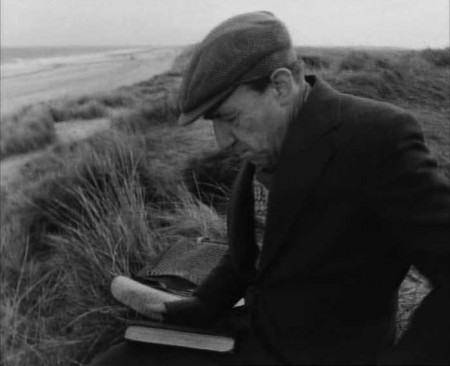
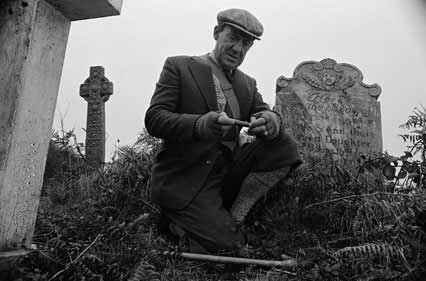
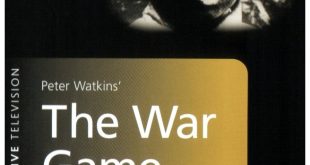

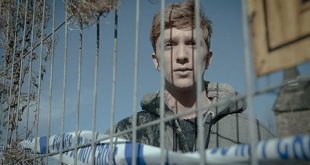
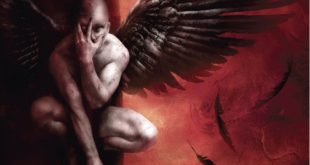

It is one of the most terrifying films I’ve seen. Becomes very internal, using all the elements of filmmaking so well: the sound (and lack of), the great photography & composition of the Norfolk scenery. A remake is coming to BBC over Christmas. I just hope they lay off the requisite ‘cinematic’ green/blue colour grading, the fashionable stunted editing, or the use of intrusive, obvious music cues. Miller achieved genuine fear without resorting to ramming the point home every five minutes. Fear came from the character’s development and relationship to the supernatural. Also, his viewpoint came across in the film. Modern directors seem to lack this ability to use their own personal ideas. Instead, they plunder ideas from recent films. They also seem to want to spare us real horror by using these tedious, overused and distracting methods.
Agreed. Though I’m very excited about the new Christmas adaptation. John Hurt I believe? Excellent casting and it bodes well…watch this space.